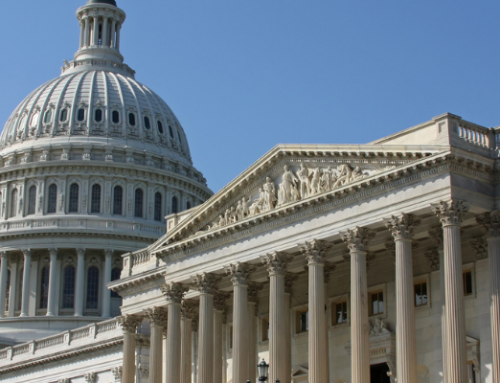The SBA recently released guidance on two major issues in the PPP Flexibility Act.
The first addresses the PPP Flexibility Act’s adoption of a 24-week covered period, in lieu of an 8-week covered period, regarding payroll.
Companies who use a 24-week period are able to include employee payroll up to $46,154 per employee. This represents the $100,000 limit, annualized over the 24 week period. For companies that received PPP loans before June 5 and opt to use the 8-week covered period, the payroll limit per employee will remain $15,385.
For Schedule C and Schedule F businesses, when using the 24-week period, owner compensation is limited to the lesser of (a) $20,833 or (b) 2.5/12 multiplied by 2019 net earnings (this represents the loan amount associated with owner earnings). For Schedule C and Schedule F businesses who received their loan before June 5 and elect to use the 8-week period, the limit is the lesser of (a) $15,385 or (b) 8/52 multiplied by 2019 net earnings (representing 8 weeks of compensation).
Owner-employees, such as partners in a partnership, were not addressed in this guidance; however, following the anti-abuse methodology laid out for Schedule C and Schedule F businesses, we suspect the SBA may institute a similar limit of $20,833 on owner-employee payroll. Guidance is pending, but it would be prudent to consider this when running calculations/projections.
The other major issue covered in the recent guidance is the maturity dates of loans. Loans made on or after June 5, 2020, will have a minimum maturity date that is 5 years from the date of the loan. Loans made before June 5, 2020, retain their 2-year term; however, this can be extended by mutual agreement between the borrower and the bank. For businesses projecting full forgiveness, a loan extension will likely not be necessary.
Stay tuned as we await further guidance!





